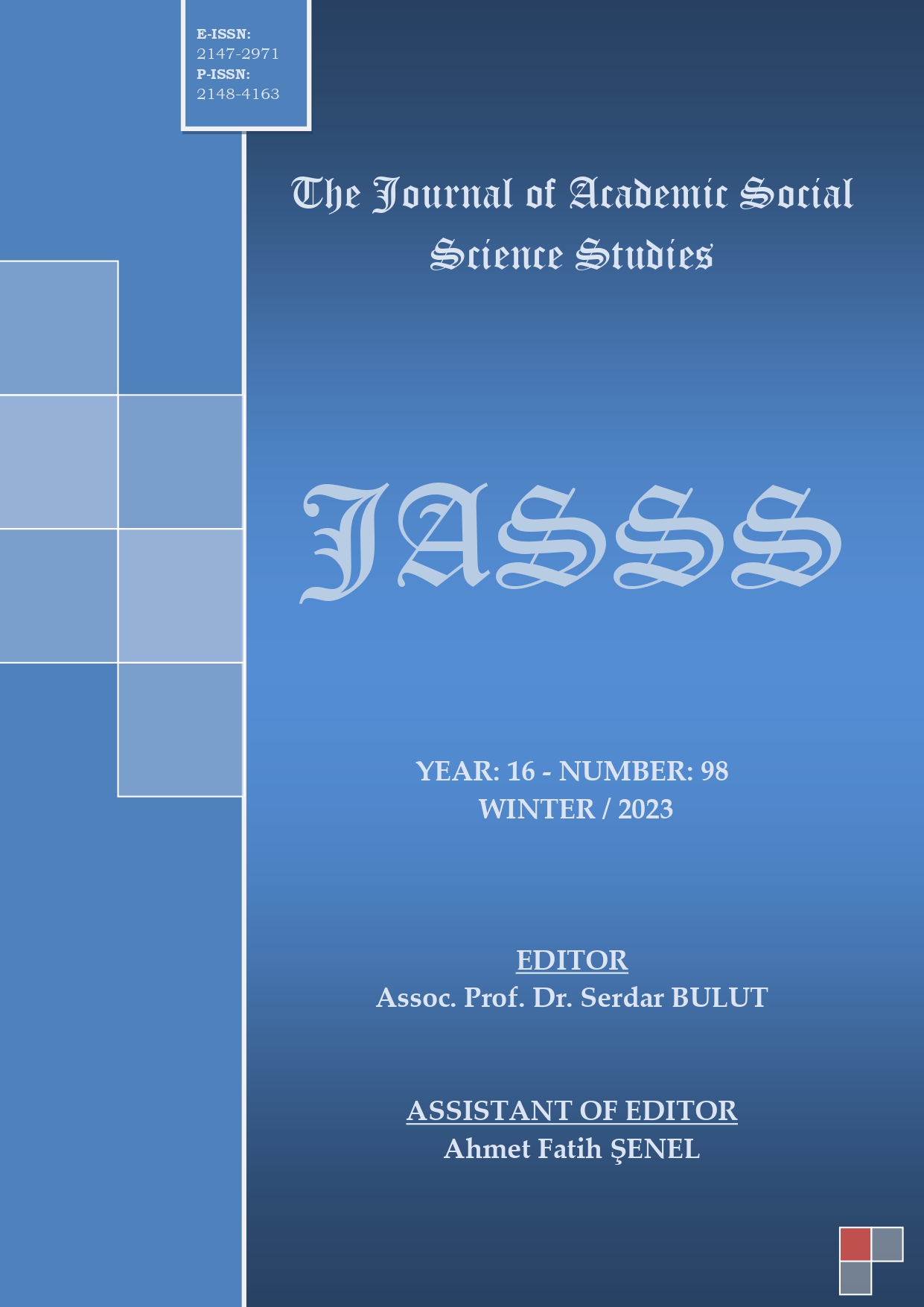Author :
Abstract
Memlükler (1250-1517), yaklaşık iki buçuk asır boyunca Mısır, Şam ve Hicaz bölgesinde uzun yıllar hüküm sürmüş bir Türk devletidir. Memlükler siyasi ve askeri başarılarının yanı sıra ilmi faaliyetlere de önem vererek bulundukları coğrafyada kültür ve medeniyete katkıda bulunmuşlardır. İlmi faaliyetler içerisinde Tıp eğitimi ve hastaneler ayrı bir öneme sahiptir.
Memlük Sultanları ve emirleri Mısır ve Şam Bölgesine çok sayıda hastane inşa ederek sağlık hizmetlerinin düzenli bir şekilde yürütülmesine katkıda bulunmuşlardır. İslam dünyasında olduğu gibi Memlüklerde de hastaneye,’’ darüşşifa, bimaristan, darüssıhha ve daruttıp’’ gibi isimler verilmiştir. İslam’ın ilk dönemlerinden itibaren ‘’bimaristan’’ kelimesi Müslümanlar arasında sık bir şekilde kullanılmaktaydı. Bu kelime zaman içerisinde akıl hastalarının kaldığı yer anlamına gelen ‘’maristan’’ kelimesine dönüştüğü için bimaristan kelimesi daha çok kullanılmaya başlanmıştır. Memlükler döneminde değişik şehirlerde kalıcı sabit hastaneler olduğu gibi daha çok savaş zamanında kullanılan ‘’seyyar hastane’’ ler bile vardı. Memlükler dönemindeki hastanelerde 4 tane ana polikliniğin olduğu bilinmektedir. Bu poliklinikler; Dahiliye, Cerrahiyye, Göz Hastalıkları ve Ortopedidir. Memlük hastanelerinde tüm hastalar için hiçbir ayırım yapılmadan ve ücret ödenmeden hastalar devlet büyüklerinin inşa ettirdiği hastanelerde muayene olurlardı. Hastaneler yirmi dört saat kesintisiz hizmet verirdi. Hastaların ilaçtan yemeğe ve kıyafetten buz ihtiyacına kadar tüm ihtiyaçları hastanenin vakfı tarafından karşılanırdı. Hastanenin idari ve mali işleri nazırlar aracılığı ile yapılırdı. Hastanede doktorların başında ‘’reis‘’denen bir başhekimi vardı ve doktorlar onun denetimi altında görevlerini yaparlardı.
Keywords
Abstract
The Mamluks (1250-1517) is a Turkish state that ruled for many years in Egypt, Damascus and the Hejaz region for about two and a half centuries. In addition to their political and military achievements, the Mamluks also gave importance to scientific activities and contributed to the culture and civilization in their geography. Medical education and hospitals have a special importance among scientific activities.
The Mamluk Sultans and their emirs contributed to the regular conduct of health services by constructing many hospitals in Egypt and Damascus. As in the Islamic world, the hospital was given names such as "darüşşifa, bimaristan, darüssıhha and daruttıp" in Mamluks. The word "bimaristan" has been used frequently among Muslims since the early periods of Islam. As this word turned into the word "maristan", which means the place where the mentally ill people stay, the word bimaristan started to be used more. During the Mamluk period, there were permanent fixed hospitals in different cities, and there were even "mobile hospitals" used mostly in wartime. It is known that there were 4 main polyclinics in the hospitals during the Mamluk period. These polyclinics; Internal Medicine, Surgery, Ophthalmology and Orthopedics. In Mamluk hospitals, patients were examined in hospitals built by state elders, without any discrimination or payment for all patients. Hospitals used to provide 24-hour uninterrupted service. All the needs of the patients, from medicine to food, from clothes to ice, were met by the hospital's foundation. The administrative and financial affairs of the hospital were handled by the ministers. In the hospital, there was a chief physician called "reis" at the head of the doctors, and the doctors would perform their duties under his supervision.





